WordPress CMS
Empower Your Web with WordPress: Limitless Possibilities, Effortless Creation.
Course Overview
Hailed as the world’s fastest-growing CMS and #1 blogging platform, has won prestigious awards, including CMS Hall of Fame in 2010 and Best CMS Website Development Application in 2009. It’s a dynamic web development tool powered by PHP and MySQL, ideal for creating business websites, portfolios, e-commerce sites, forums, and blogs.
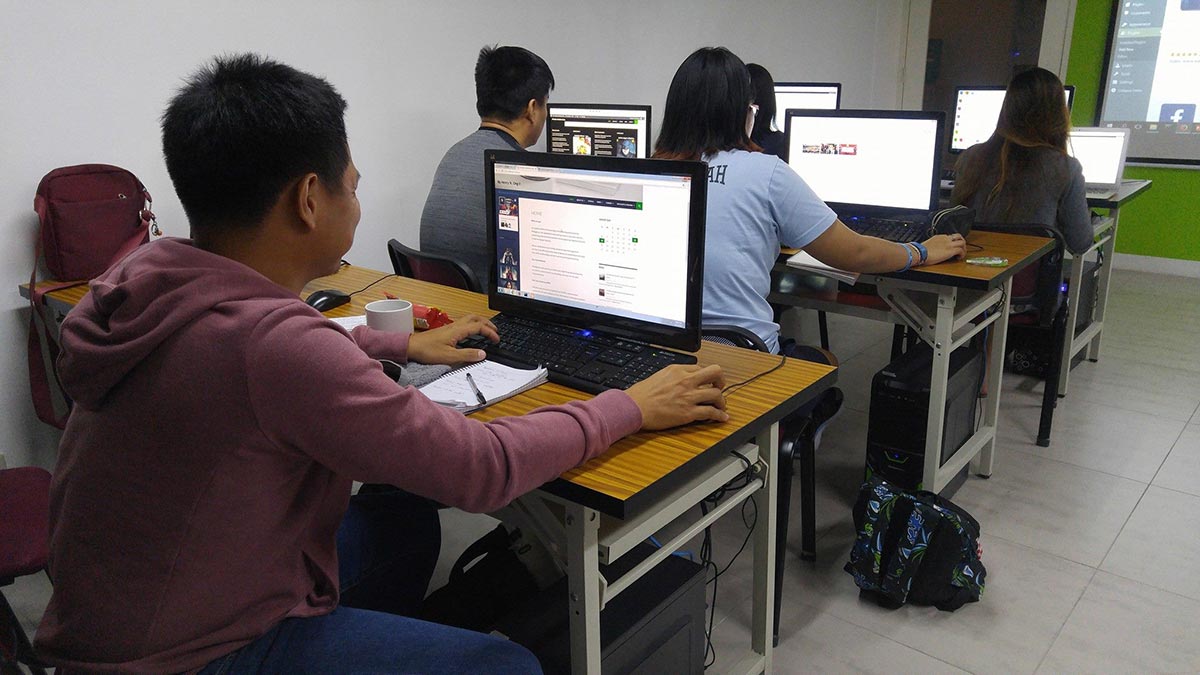
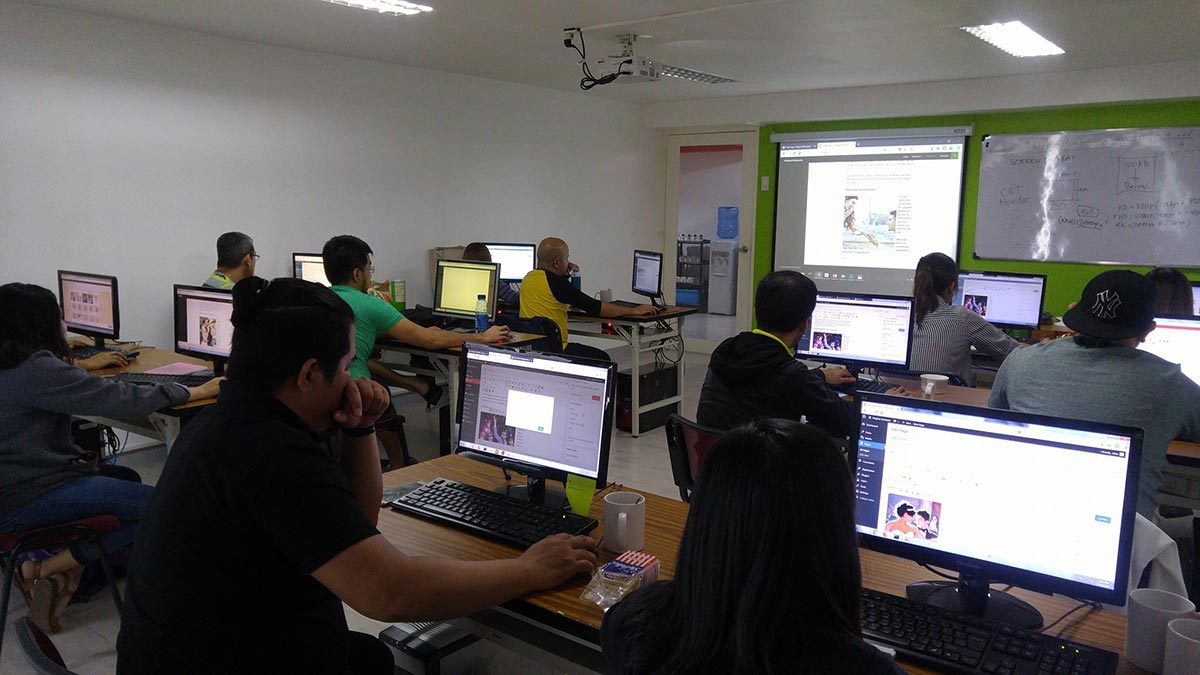
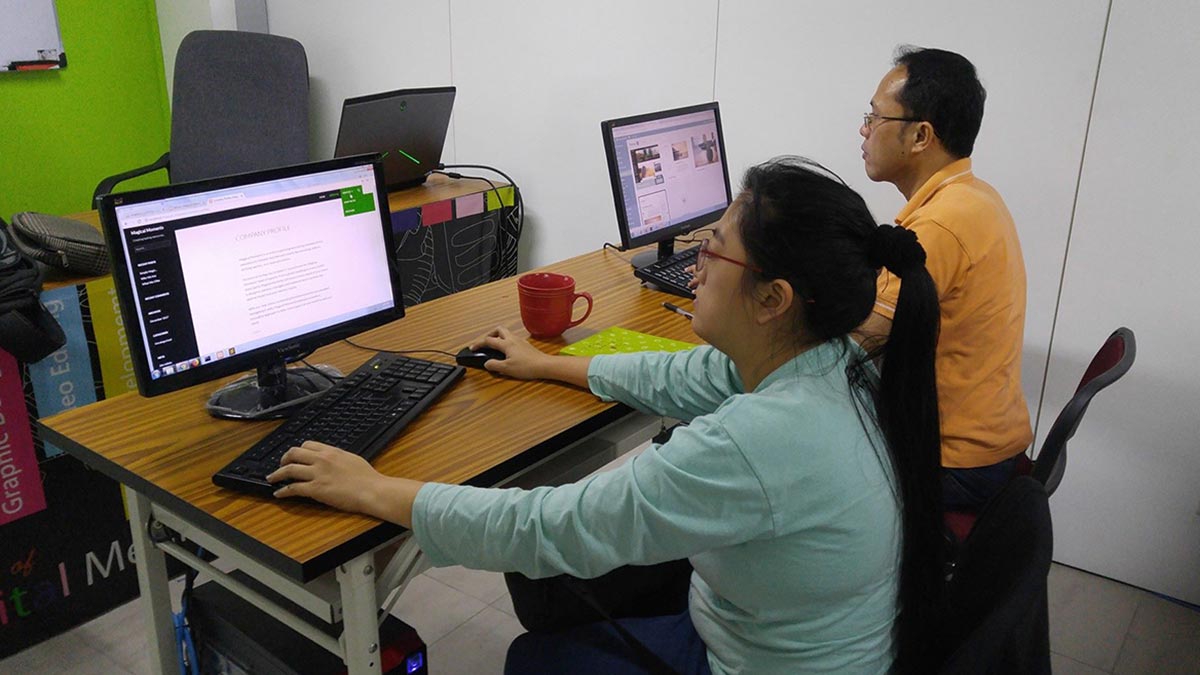
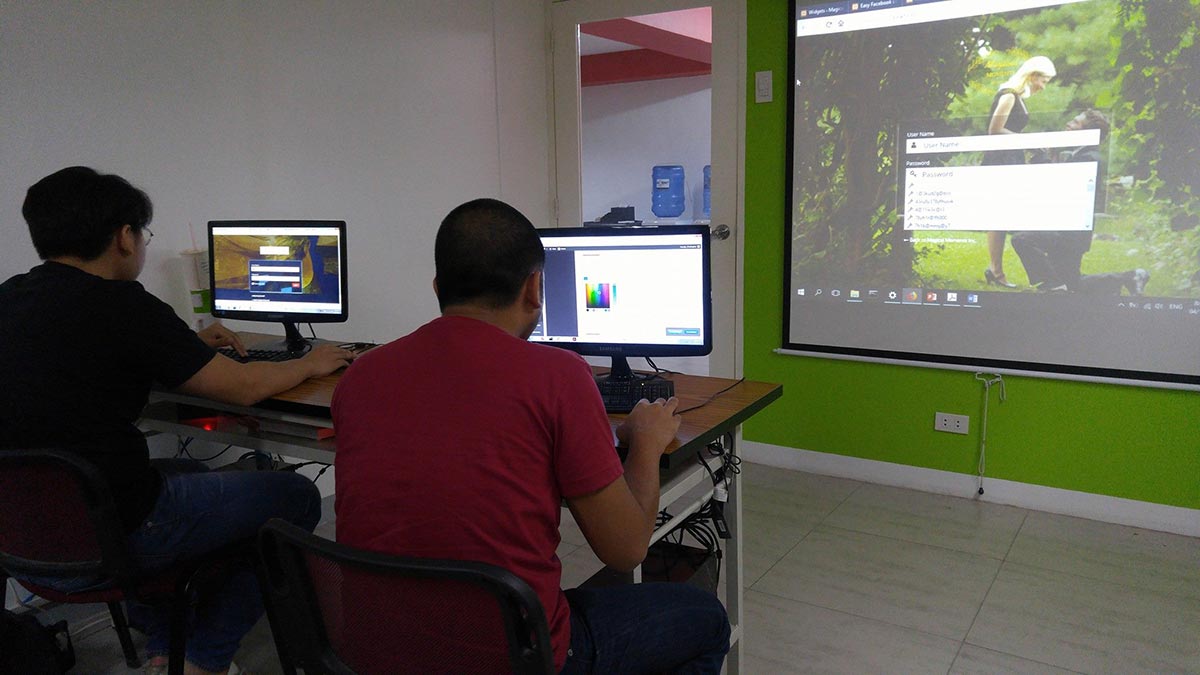
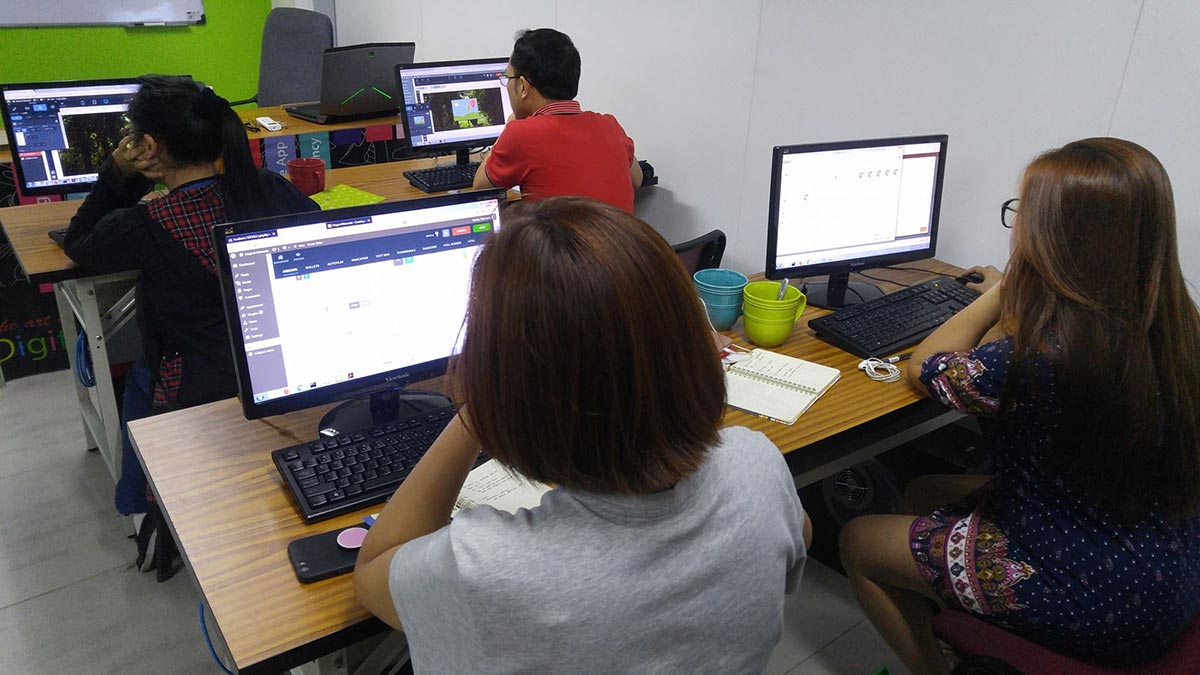
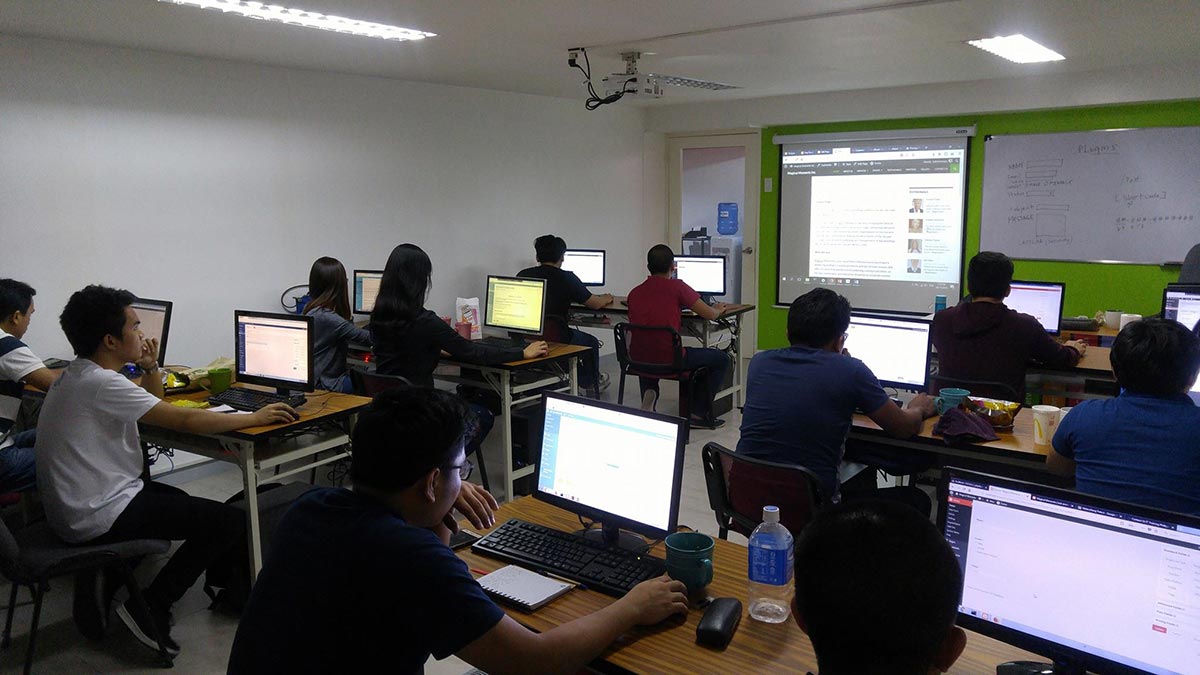

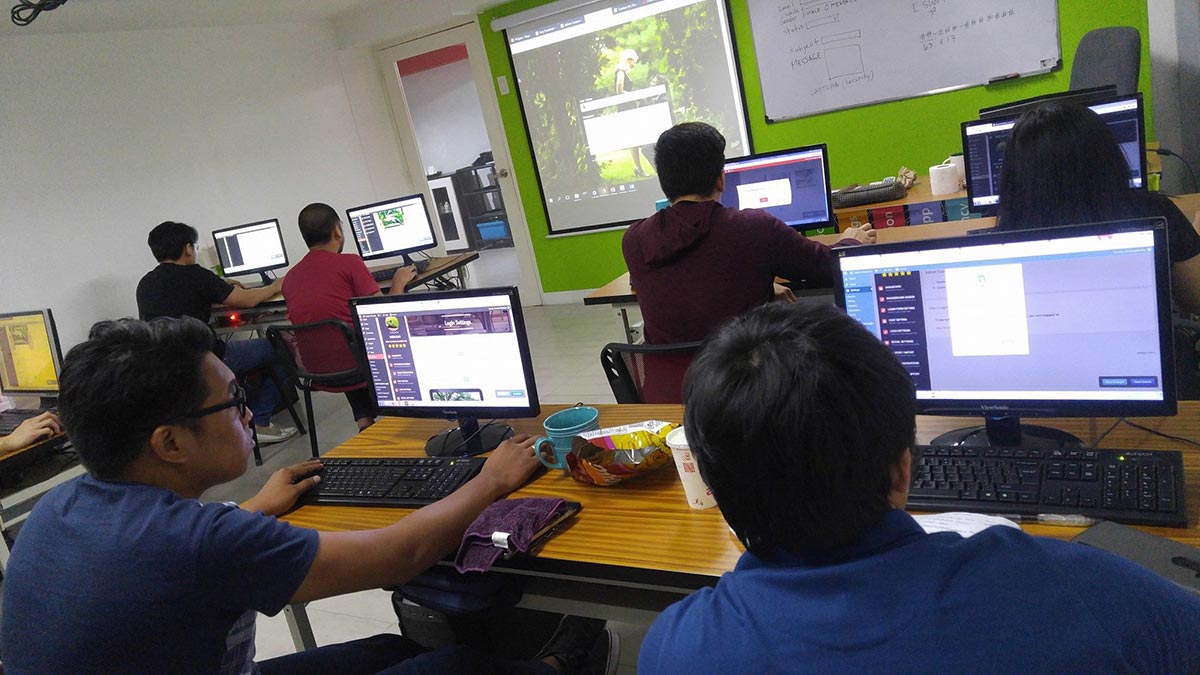
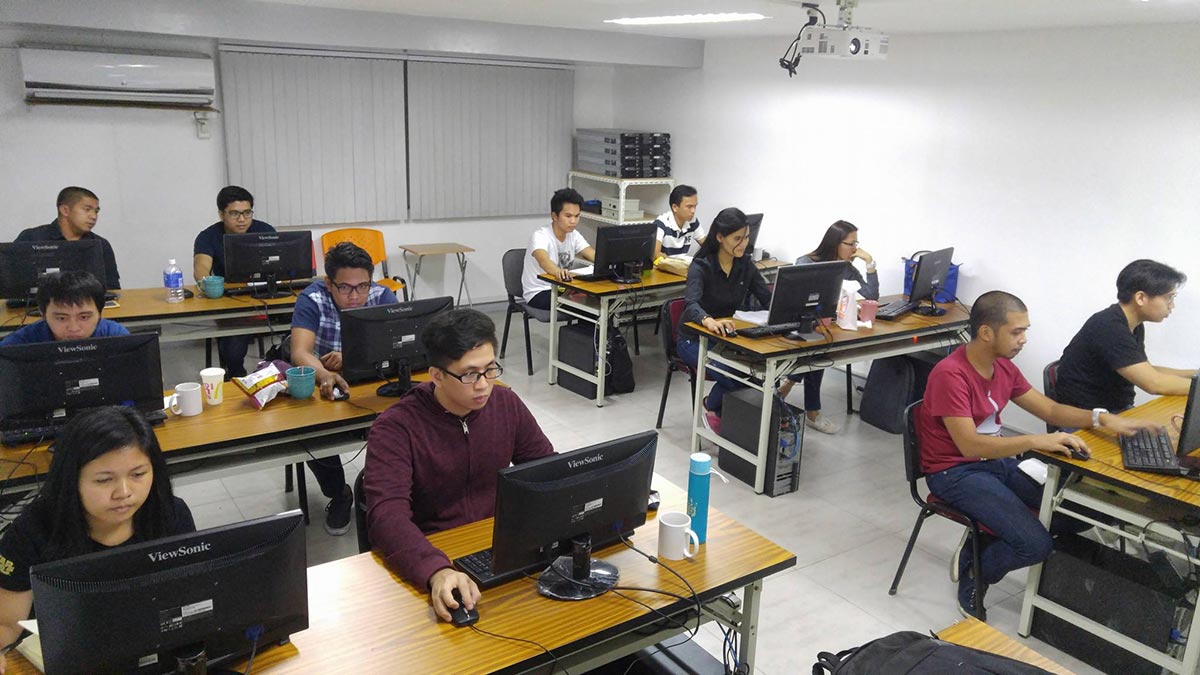
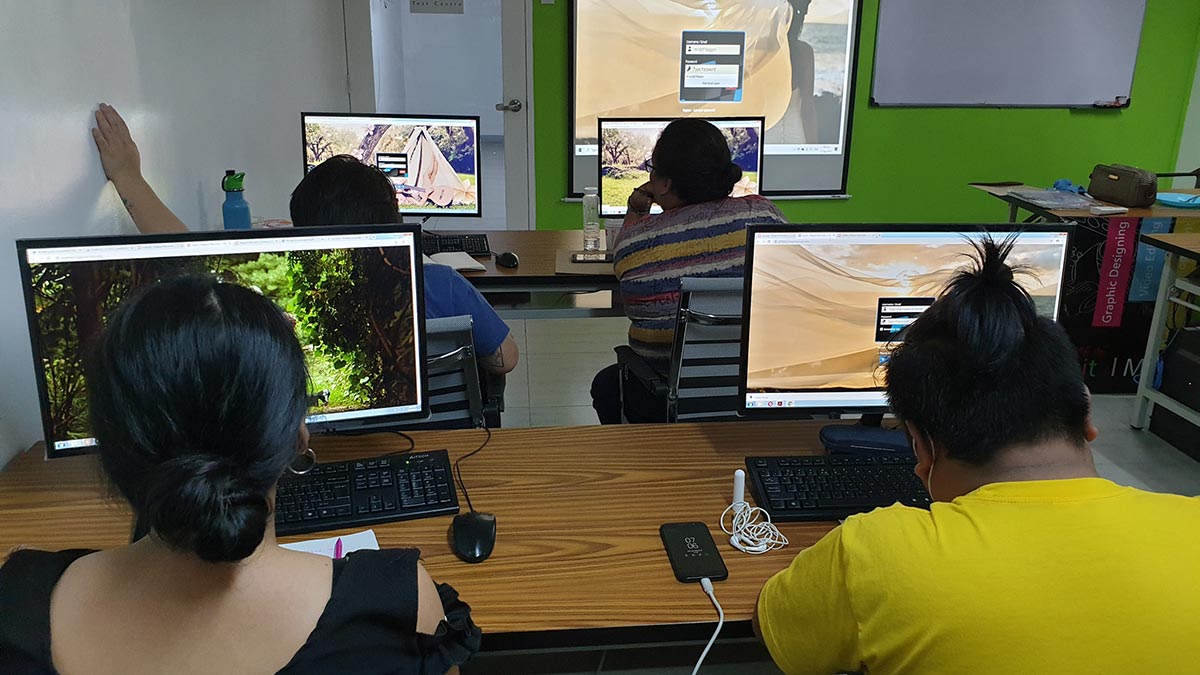
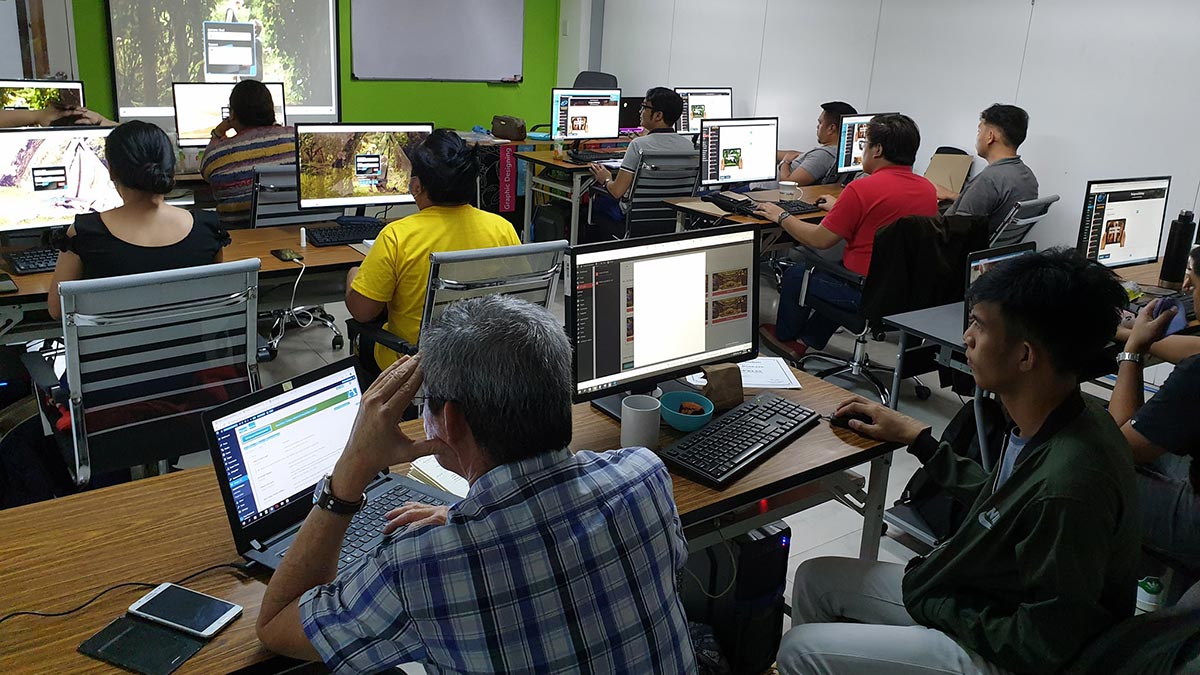
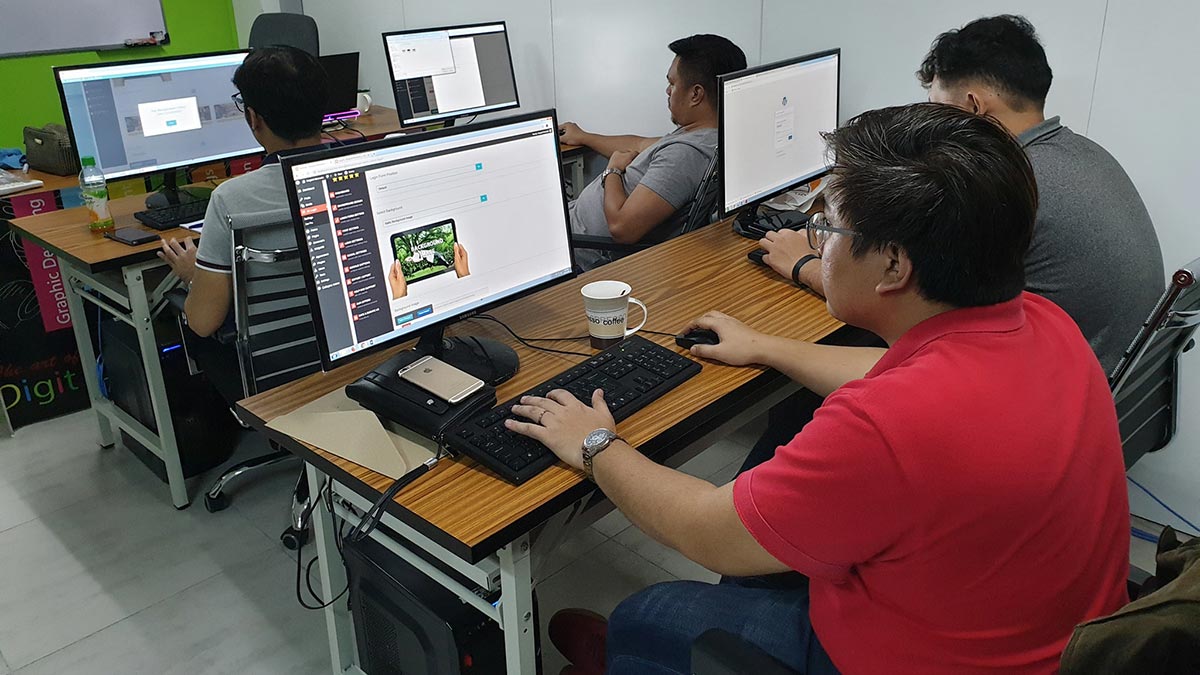
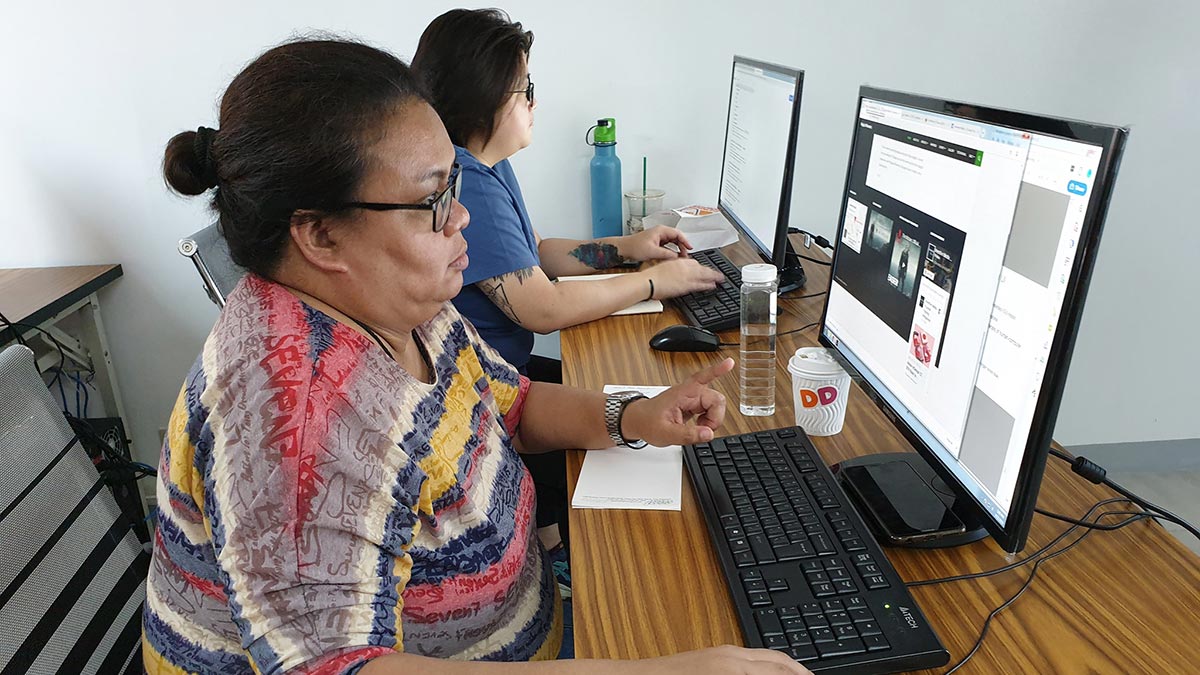
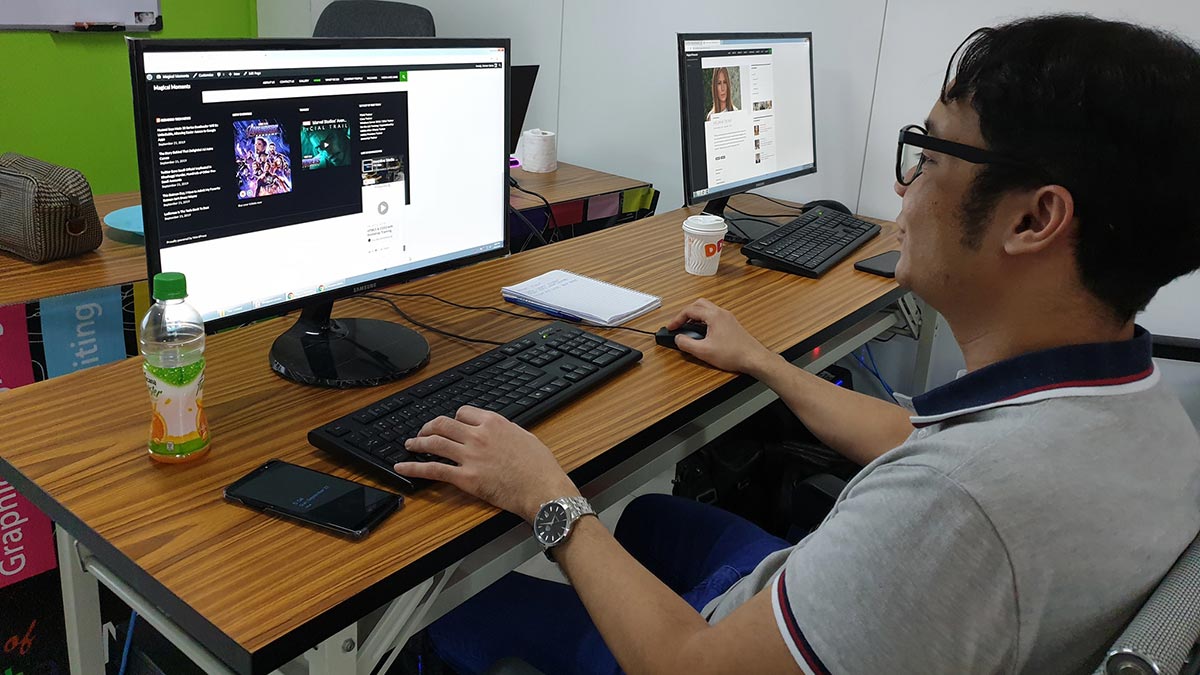
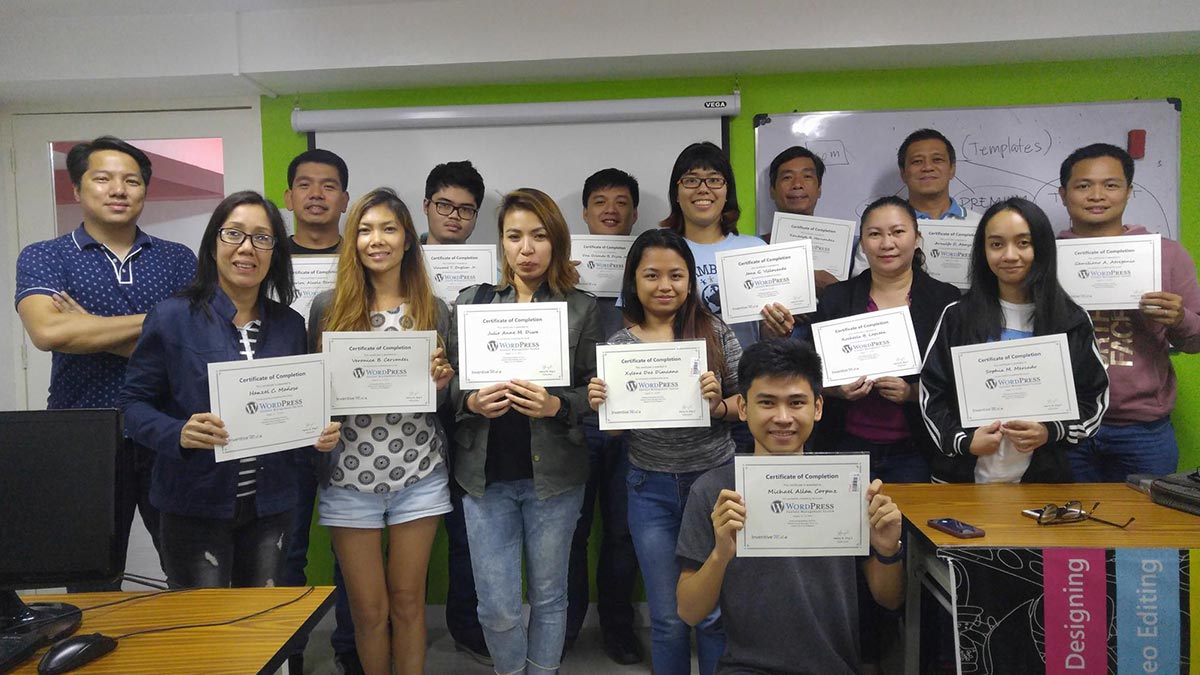
Ranked as one of the Best Schools for Web Development
- Our founder, Henry N. Ong II, is the recognized pioneer of CMS web development courses in the Philippines
- First school to offer WordPress, Joomla & Drupal Classes since 2006
- First school to offer Laravel Class since 2014
- First school to offer Bootstrap Class since 2014
- Pearson Vue Accredited Testing Partner
- PhilGEPS Accredited Center
- Globally Recognized Course Certificate
- Around 85% of government agencies and LGUs take web Development classes from us
Frequently Asked Questions
- Basic Computer knowledge and Skills in PC or Mac.
- Knowledge in HTML, CSS, Bootstrap and JavaScript can be an advantage but not required.
- Certificate of course completion
- Training references (PDF)
- Exercise materials
- Some add-ons
- Free trainer consultation
- Unlimited Free Retakes
Unlimited Retakes = Unlimited Hours of Learning!
We understand that individuals have different learning styles and paces, that’s why we offer the opportunity to learn at your own speed. If you need more time to grasp a concept, you are welcome to come back and retake the class at no additional cost. We believe in providing students with the support they need to succeed.
To Avail: Finish the course to qualify for the unlimited refresher classes
Validity: 1 Year
- For aspiring Web Developers
- For non-technical people who want to create a professional website without the need for coding and programming.
A Content Management System, popularly known as CMS, is a database driven web application that helps users easily create, edit, manage, and modify content on a website without the need for any coding or other web programming skills.
CMS also provides capabilities for user collaboration through its sophisticated user management system and the flexibility to install extensions to your add functionalities and features to your website.
WordPress powers about 42% of websites on the internet, making it the world’s most popular and widely used CMS! WordPress is a free open source CMS used for creating any type of websites; from blogs, corporate websites, online stores, portfolio sites, news websites and more…
Joomla, WordPress and Drupal are all Content Management Systems (CMS) that allow users to create, manage, and edit websites without extensive technical knowledge. However, each has its own unique features and capabilities:
Joomla: Joomla is an open-source CMS that is known for its flexibility and scalability. It has a wide range of extensions and templates available, making it a great choice for larger, more complex websites. Joomla is also known for its advanced user management and access control features.
WordPress: WordPress is the most popular CMS and is known for its ease of use and flexibility. It is widely used for blogging and creating small to medium-sized websites. WordPress has a large community of developers, which means there are a wide range of themes and plugins available.
Drupal: Drupal is another open-source CMS that is known for its flexibility and scalability. It is often used for enterprise-level websites, such as those with complex data management requirements. Drupal is also known for its powerful multilingual capabilities, making it a great choice for websites that need to support multiple languages.
All three of these systems are powerful in their own way and have different features that will be better suited for different types of websites.
Course Outline
Introduction
- Website 101
- Web Evolution
- What is WordPress CMS?
- Blog vs CMS?
- What is a Content Management System (CMS)?
- CMS Features and Advantages
- CMS disadvantages
- Two parts of a CMS Application
- What is a Database
Installation
- What are the applications needed to get you started?
- Where to get the local database application?
- Where to get the WordPress Application?
- Installing the Local Database
- XAMPP installation
- WAMP installation
- MAMP installation
- Configuring XAMPP and MAMP
- Installing WordPress
- Accessing WordPress website’s Frontend and Backend
Touring WordPress Dashboard
- Header
- Main Navigation Menu
- Work Area
- Footer
- Site Updates
- Customizing the Dashboard
- Customizing your profile
Configuring WordPress Settings
- General Settings
- Writing Settings
- Reading Settings
- Discussion Settings
- Media
- Privacy
- Permalinks
Working with Menus
- Creating a Menu
- Assigning the menu to the Current Theme
- Add, Edit and Delete Menu Items
- Creating Multiple Menus
Posts vs Pages
Creating a Dynamic and Static Home Page
All about Posts
- How to Add, Edit and Delete a Post
- Organize Post with Post Categories
- Using Post Tags
- Working with Revisions
- Post security access: Private, Public & Password Protected
- Post SEO: Title, Slug, and Content
- Sticky Post
- Allowing post discussion and pingbacks
- Scheduled Post
All about Pages
- How to Add, Edit and Delete a Page
- Working with Revisions
- Page security access: Private, Public & Password Protected
- Page SEO: Title, Slug, and Content
- Page Order
- Page Template
- Scheduled Page
Using the Block Editor
- Block Inserter
- Searching for Blocks
- Adding Blocks
- Tools
- Undo and Redo
- Details
- List View
- Block Patterns
- More Options
Improving Content Readability using Read More, Page Break and Excerpts
Working with Hyperlinks
- Text Links
- Image Links
- Email Link
- PDF Link (Using add media approach)
- Download Link
- Named Anchors
Commonly Used Blocks
- Heading
- Paragraph
- List
- Classic
- Social Icons
- File
- Custom HTML
- Group
- Spacer
- Separator
- Code
- Preformatted
- Verse
- Table
- Image
- Media and Text
- Cover
- Button
- Column
- Audio
- Video
- Gallery
- Latest Posts
Working with Media
- The Media Library
- Add, Edit, Delete Media Elements
- Organizing your Media Content
- Embedding an Image and Photo Gallery
- Embedding a Single Audio Track and an Audio Playlist
- Embedding Internal and External Videos
- Embedding Google Map
- Embedding PDF, Docs, Sheets, Slides
Working with Themes
- Installing Premade Themes
- Customizing Premade Theme
Widgets vs Plugins
- Installing Free Widgets and Plugins
- Installing Commercial Widgets and Plugins
- Configuring Widget and Plugins
- Control to which Pages and Post, Extensions will Appear
Creating Contact Form using a Gravity Forms (Paid Extension: Bonus)
Creating a Professional Image Slider using Slider Revolution (Paid Extension: Bonus)
Website Back-up
- Database Backup
- Site Files Backup
Publishing
- Web Hosting 101
- Recommended Web Hosts
- Publishing the database
- Publishing the Site Files
Fixing Broken Links
Securing the Backend Access
User Management
- Users Accounts
- Add, Edit and Delete User Accounts
- Promoting Users
Bonus: Tips and Other Best practices!
Premium Experience
- Fully Air-Conditioned Training Rooms
- Workstation for Every Student
- Free Coffee & Fast WiFi
- Lifetime Access to Online Consultations
- Unlimited FREE Class Retakes
Single Course Discount
Course Bundle Discount
Promo rates may change without prior notice.
WordPress CMS + WordPress Custom Theme with Elementor
About the Registration
Feel free to register! Registering does not commit you to paying for the course immediately. Registration helps us track attendee numbers and enables us to stay in touch. Payment will only be requested once the course is confirmed to proceed.
Note: When choosing a schedule, you are limited to the available training dates posted on our website.